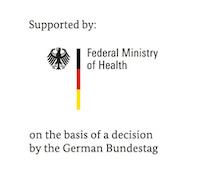World Mosquito Day 2023
BNITM is committed to mosquito surveillance and early detection
Globalisation and climate change also have consequences for global health: with the increasing movement of goods and travel, exotic mosquitoes and viruses are increasingly reaching northern regions. And with more frequent, longer periods of heat and changes in precipitation, the likelihood of them surviving and spreading increases. The Bernhard Nocht Institute for Tropical Medicine (BNITM) is therefore involved in numerous research projects on mosquito surveillance and control.
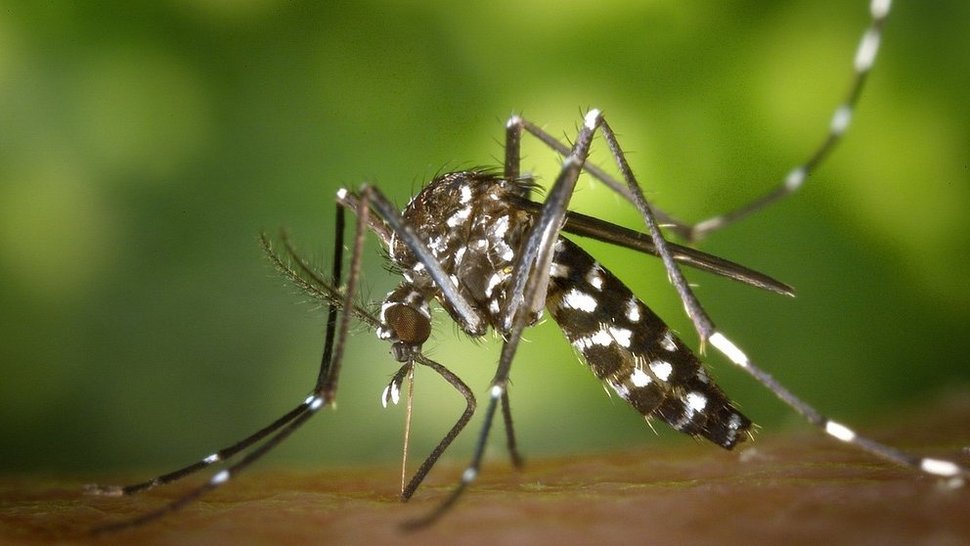
Climate change promotes outbreaks of mosquito-borne pathogens in two ways. On the one hand, exotic mosquito species are spreading further and further north. Secondly, the higher the summer temperatures, the faster many arboviruses can multiply in mosquitoes. And the higher the risk that mosquitoes can transmit these viruses to humans and animals.
The Asian tiger mosquito Aedes albopictus, for example, has been native to southern Europe since the 1990s. There, it is particularly responsible for outbreaks of the Chikungunya virus and the Dengue virus. In Germany, Aedes albopictus populations have also become established: Here, their settlement area so far stretches along the Rhine from Freiburg to Frankfurt. They have also been sighted in Berlin and Würzburg.
It has not yet been detected in Hamburg, but the Institute for Hygiene and Environment (HU) has now started a monitoring project in the port in cooperation with the Bernhard Nocht Institute for Tropical Medicine (BNITM). The aim is to detect exotic mosquitoes that may have arrived in Hamburg by ship. This way, the city wants to detect a potential introduction or even spread at an early stage and be able to take countermeasures promptly. For this purpose, HU has set up mosquito traps at four strategic points in the port, which are emptied regularly. The trapped animals are then examined at the BNITM. The aim is to determine the mosquito species and to detect possible pathogens in the mosquitoes.
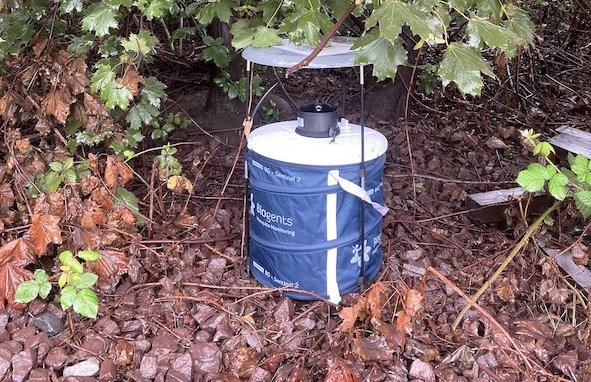
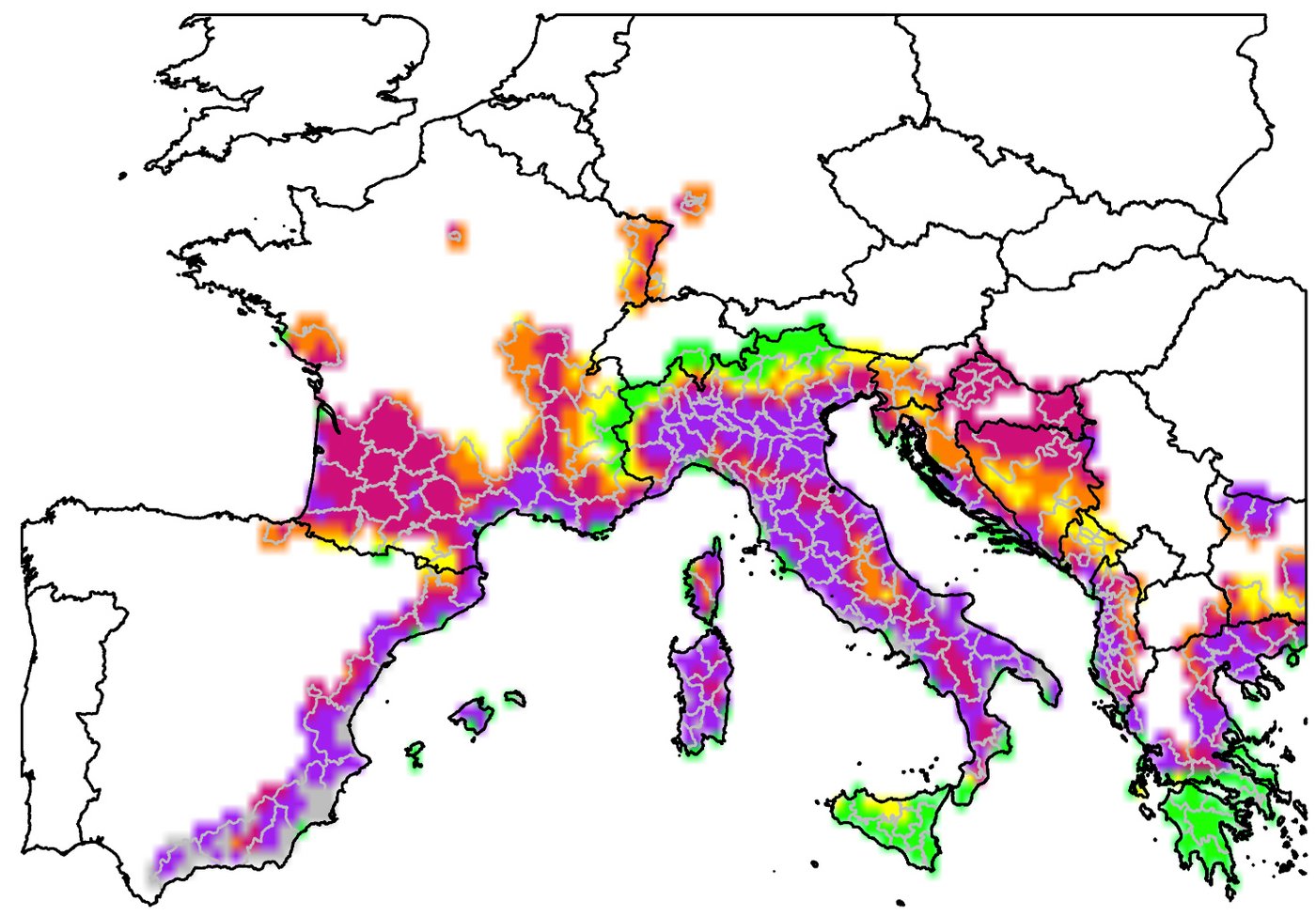
Intelligent early warning system
In recent years, the BNITM has significantly intensified its contribution to mosquito research, surveillance and control. Particularly noteworthy are the European Commission award-winning project "EarlY WArning System for Mosquito borne diseases" (EYWA), the BMBF-Junior Research Group Arbovirus Ecology and the joint project CuliFo 3. These projects collect weather data, results of mosquito counts, information on virus detections and much more in Europe and Germany and evaluate them with the help of mathematical models. In this way, localised outbreaks of mosquito-borne diseases can be predicted in the short term.
This is important because mosquitoes can be controlled well in clearly defined areas and outbreaks can be brought under control quickly.
The EYWA early warning system is now also being established by BNITM in countries of the global south such as Thailand and Côte d'Ivoire. The mapping, modelling and control of mosquitoes is particularly important in tropical countries because mosquitoes transmit many serious infectious diseases there. This is where most of the infections originate that are now spreading to us.
The BMBF junior research group Arbovirus Ecology conducts, among other things, mosquito, sandfly, tick and mosquito collections in various environments in Europe and internationally. She uses these data to understand the distribution, diversity and phenology of the different vector species, as well as for arbovirus screening. She also oversees a citizen science project on the spatio-temporal distribution of Usutu and West Nile viruses in collaboration with the German Nature and Biodiversity Conservation Union (NABU), modelling risk models.
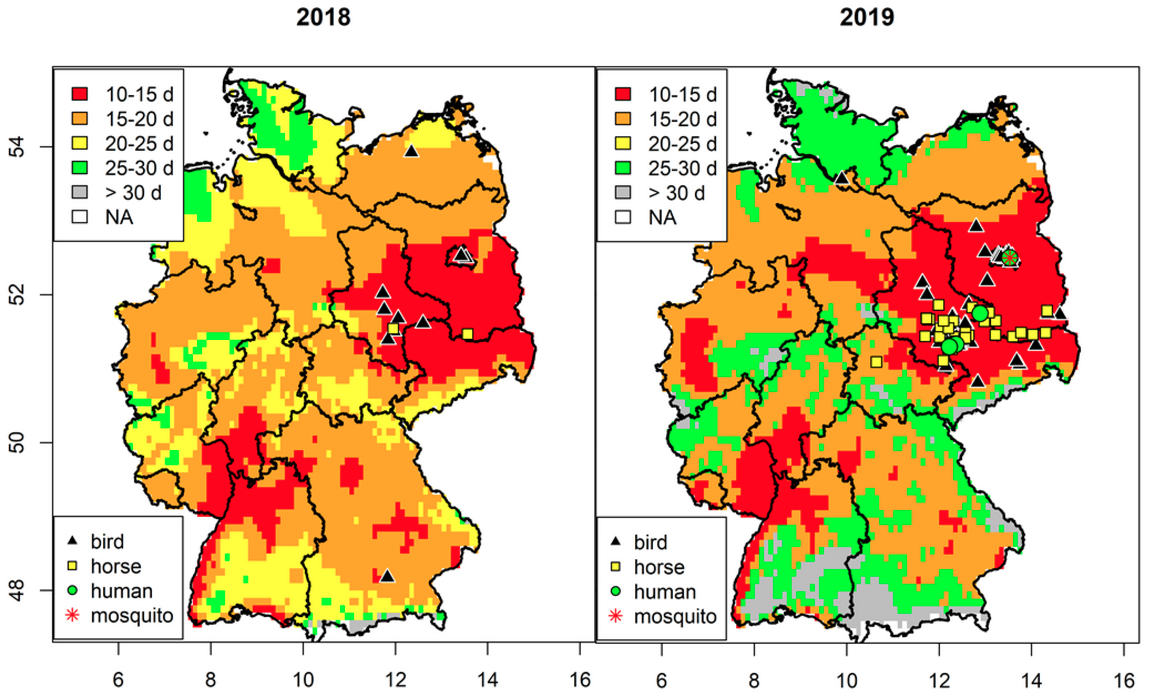
The joint project CuliFo combines field and laboratory research. In recent years, it has provided important impetus for the surveillance and reporting of medically relevant mosquito species in Germany. Among other things, the network has researched the epidemics of Usutu virus (USUV) and West Nile virus (WNV) in Germany (mainly in birds) and for the first time also detected human cases of disease.
The continuation project CuliFo 3 focuses even more on the question of how insect-specific viruses and arboviruses in mosquitoes influence each other and what this means for their ability to infect animals and humans. In addition, the researchers want to find out what minimum infection dose is needed for mosquitoes to transmit arboviruses and for infection cycles to be maintained. The network is also investigating which environmental conditions (temperature, precipitation, landscape structure) favour outbreaks. With the help of these data, the researchers want to model outbreak scenarios in order to develop environmentally compatible and sustainable control strategies.
World Mosquito Day
On 20 August 1897, the British physician of tropical medicine Sir Ronald Ross proved that the malaria parasite is transmitted by female mosquitoes of the genus Anopheles. In doing so, he not only revolutionised malaria research and control. His findings are still fundamental today for understanding epidemics that originate from insects. In 1902, Ross received the Nobel Prize for Medicine or Physiology.
Service
How can I protect myself from mosquitoes?
Remove possible breeding places for mosquitoes on the balcony and in the garden: buckets, unused flower pots, open watering cans, old tyres or similar. Cover rain barrels. Put mosquito nets on your windows or over your beds. Use mosquito sprays whose effectiveness has been scientifically tested, e.g. by the Bernhard Nocht Institute for Tropical Medicine (blue seal of approval). These so-called guarantee marks are given to repellents if in laboratory tests they keep away different mosquito species such as Culex, Aedes and Anopheles to a high degree.
More information
regarding EarlY WArning System for Mosquito borne diseases (EYWA):
https://www.bnitm.de/eic-horizon-prize-for-eywa
regarding the Department of Arbovirology and Entomology:
on mosquitoes in Germany:
https://www.bnitm.de/aktuelles/fragen-und-antworten/faq-zu-stechmuecken-in-deutschland
You have found a dead blackbird or an unusual mosquito? Send it to us! You will be helping our Citizen Science research:
https://www.bnitm.de/aktuelles/fragen-und-antworten/faq-zum-usutu-virus
About the Bernhard Nocht Institute for Tropical Medicine
The Bernhard Nocht Institute for Tropical Medicine (BNITM) is Germany's largest institution for research, care and teaching in the field of tropical and emerging infectious diseases and a member of the Leibniz Association. Current research focuses on malaria, worm infections and other parasitoses as well as diseases caused by arboviruses and haemorrhagic fever viruses. For handling highly pathogenic viruses and infected insects, the institute has laboratories of the highest biological safety level (BSL4) and a safety insectarium (BSL3). BNITM includes the national reference centre for the detection of all tropical infectious agents and the WHO collaborating centre for arboviruses and haemorrhagic fever viruses. Together with the Ghanaian Ministry of Health and the University of Kumasi, it operates a modern research and training centre in the West African rainforest, which is also available to external working groups. In addition, the Institute maintains numerous other cooperations in other African countries such as Gabon, Nigeria, Tanzania and Madagascar.
Contact person
Prof. Dr Jonas Schmidt-Chanasit
Head of Arbovirology/ Entomology Department
Phone : +49 171 212 7900, +49 40 285380 271
Email : schmidt-chanasit@bnitm.de
Dr Renke Lühken
Group Leader Arbovirology Ecology
Phone : +49 40 285380-862
Email : luehken@bnitm.de
Dr Eleonora Schoenherr
Public Relations
Phone : +49 40 285380-269
Email : presse@bnitm.de
Julia Rauner
Public Relations
Phone : +49 40 285380-264
Email : presse@bnitm.de
Further information


